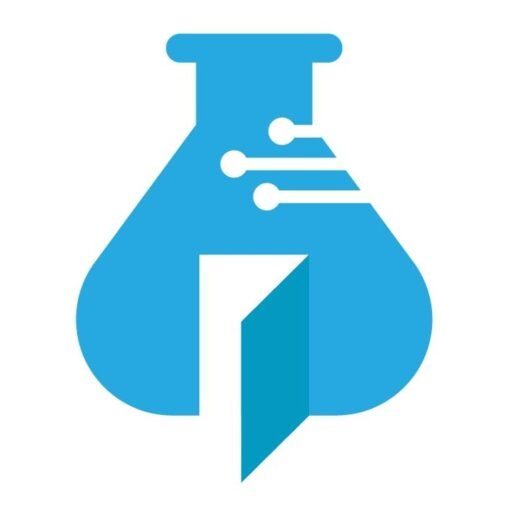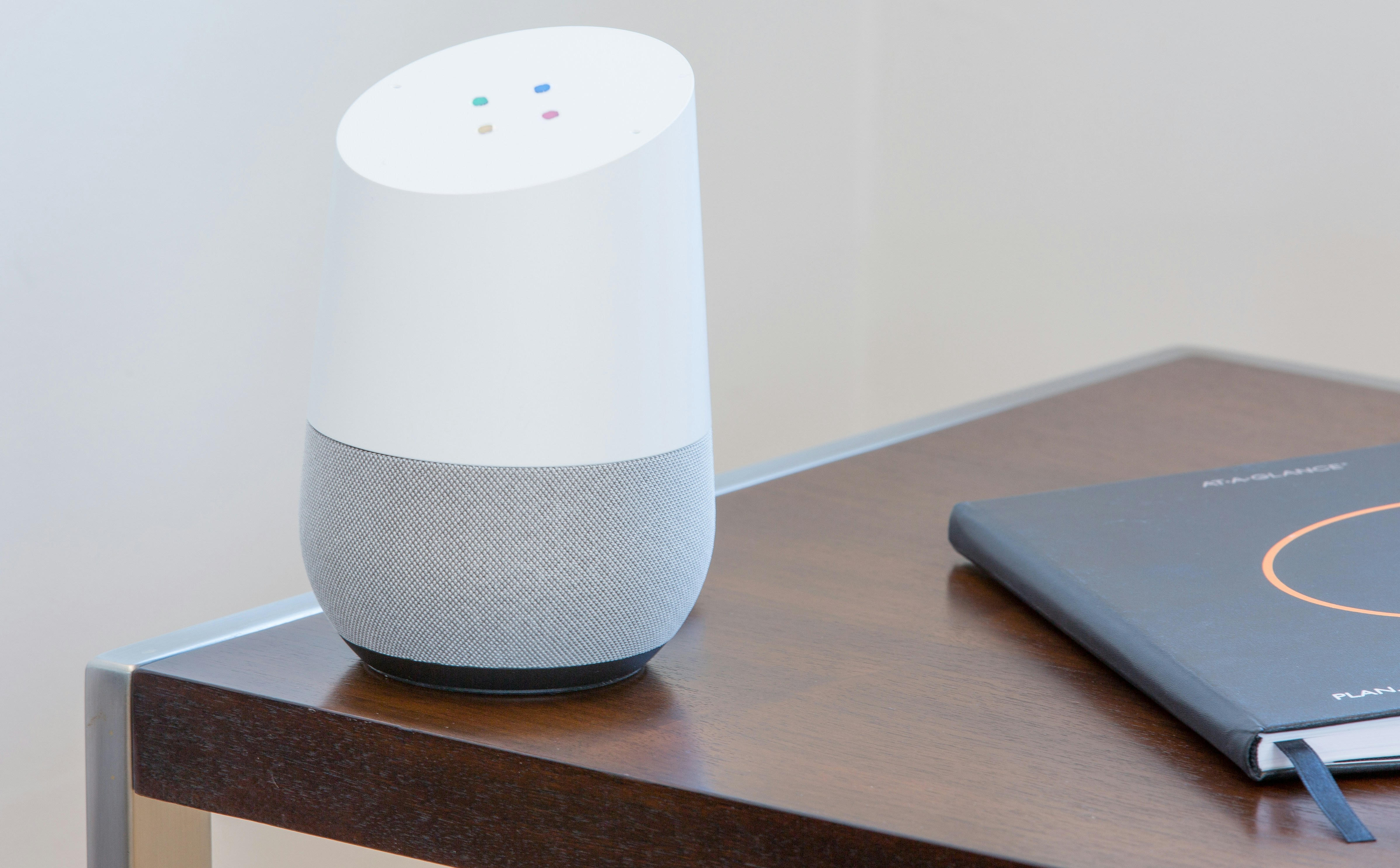
As an SRE (Site Reliability Engineer) by day, my job revolves around ensuring the smooth operation of complex systems and applications. But when the workday is over, I transform into a HomeLabineer, diving into the world of home automation and tinkering with various technologies to create my own smart home ecosystem.
One of the first projects I embarked on was setting up permanent holiday lights. No more climbing ladders and untangling strings of lights every year. With the help of home automation tools like Home Assistant, I was able to automate the process. Now, my lights turn on and off automatically, and I can even change their colors with a simple voice command.
Speaking of Home Assistant, it has become the central hub of my smart home. This open-source platform allows me to integrate various devices and services, making it easy to control and automate different aspects of my home. From controlling lights and thermostats to managing security cameras and smart locks, Home Assistant has truly transformed my living space.
To expand the capabilities of my smart home, I’ve incorporated Zigbee and Z-Wave technologies. These wireless communication protocols enable me to connect and control a wide range of devices, including smart plugs, sensors, and switches. With the ability to create custom automations and routines, I’ve been able to achieve a seamless and personalized smart home experience.
When it comes to networking, I rely on the power of UniFi. This enterprise-grade networking solution provides me with reliable and high-performance Wi-Fi coverage throughout my home. With UniFi access points strategically placed, I can enjoy a strong and stable internet connection no matter where I am in the house.
To manage my ever-growing collection of Docker containers, I turn to Portainer. This user-friendly interface allows me to easily deploy, manage, and monitor my containerized applications. Whether it’s running a media server with Plex or a document management system with Paperless, Portainer simplifies the process and gives me full control over my applications.
For my development needs, I rely on Visual Studio Code (VSCode). This powerful code editor provides me with a rich set of features and extensions, making it easy to write and debug code. Whether I’m working on a home automation script or a personal project, VSCode is my go-to tool.
Of course, all these technologies run on the reliable foundation of Linux. Specifically, I use Ubuntu as my operating system of choice. Its stability, security, and extensive community support make it the perfect choice for both my SRE work and my home automation projects.
In terms of hardware, I’ve built my own homelab using ESXi as the hypervisor. This virtualization platform allows me to run multiple virtual machines and experiment with different setups without the need for dedicated hardware. Combined with my QNAP NAS, I have a powerful and flexible infrastructure that supports all my home automation and personal computing needs.
Last but not least, I can’t forget about entertainment. With Plex, I have a media server that organizes and streams my favorite movies, TV shows, and music. The ARR Suite (Automatic Request Routing) ensures that I always have access to the content I want, regardless of my location. From movie nights with friends to relaxing evenings at home, Plex has become an essential part of my home entertainment setup.
As an SRE by day and HomeLabineer by night, my passion for technology extends beyond the workplace. Through home automation, I’ve been able to create a personalized and efficient living space that enhances my daily life. With the help of tools like Home Assistant, Zigbee, Z-Wave, UniFi, Docker, and more, I’ve turned my home into a smart sanctuary that reflects my love for innovation and creativity.
RELATED POSTS
View all



